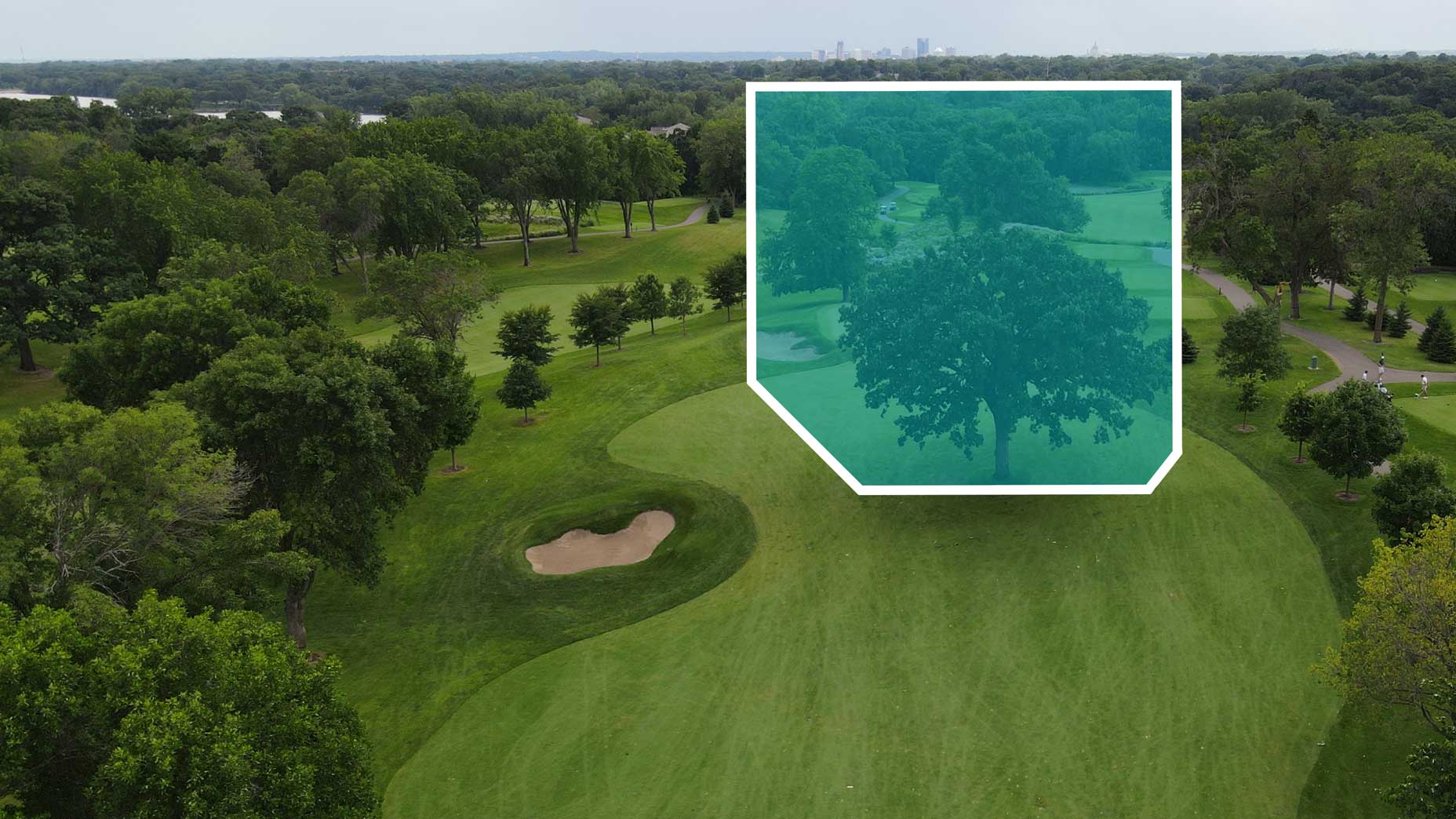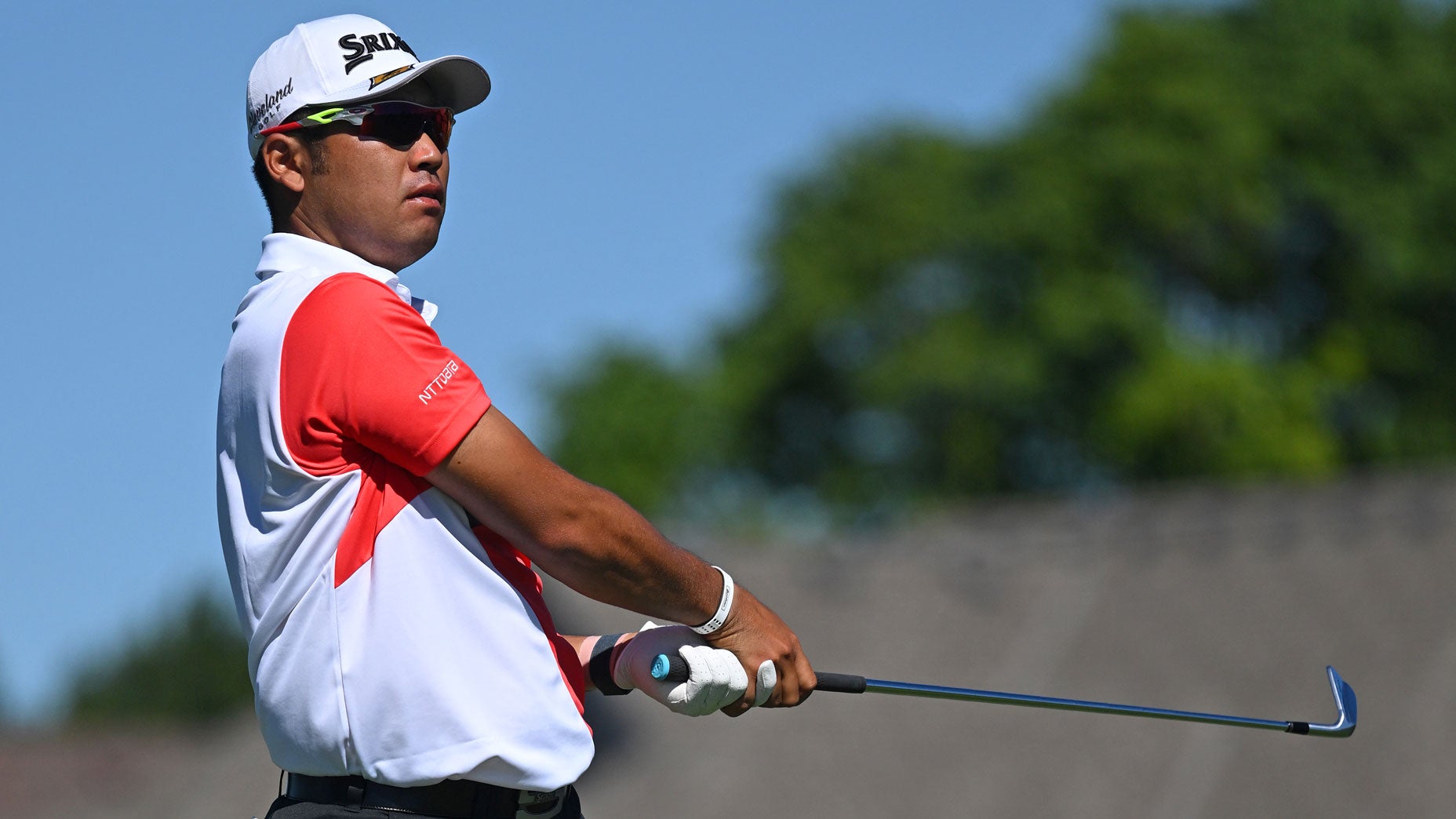Not every course teaches you something. Some courses are just … courses. But for the purpose of this weekly column, we intend to find a lesson in each course. Enter: Keller Golf Course.
Keller is a rollicking muni in Maplewood, Minn., just east of the Twin Cities (and not far from where the PGA Tour teed it up last weekend). It is not your typical municipal course, thanks to an impressive renovation in 2014. The county-owned track employs a bit of that American country club vibe: pure green fairways and light rough, lined by ash trees all around. The winding entry road brings you to an elegant building atop the hill consisting of a grill and events center with a back porch for players to yuk it up about birdies and bogeys. In that way, it’s exactly like Bethpage. The (Minnesota) People’s Country Club.
Also like Bethpage, Keller has hosted multiple major championships — the 1932 and 1954 PGA Championships — as well as the St. Paul Open, a regular Tour stop in the 50s and 60s. Ray Floyd, Doug Sanders, Ken Venturi — they all won at Keller. It’s a muni that doesn’t feel like a muni, and playing it last week during the 3M Open was a treat … until the 4th hole.
The 4th is a short par 3, playing about 130 yards from the men’s tees and 107 from the women’s. It’s a very easy hole on paper — and the diagram on the scorecard supports that, but in front of the green, like a dragon protecting the princess in the castle, is this massive ash tree.

Within our Saturday foursome was a senior lady who lacked the swing speed required to lift her ball up over the tree. From just 107 yards, it isn’t easy for anyone to flight it. The calculus isn’t too difficult to understand. She was not going to get it done and you could see it in her eyes as she plugged her tee into the ground. It was a damn shame.
Every time we pay for 18 holes of golf, the assumption is that none of those holes are irresponsibly stacked against us, but this one was. It sits in the corner of the property, where at one time a designer ran out of land and planted a tree as the obstruction. Chop it down and you’ve got the equivalent of a pitch-and-putt, and undoubtedly the weakest offering at a solid course. Is it understandable? Yes. Is it fair? No.
While trees in the fairway (or between the teeing ground and the green) seem unfair at their core, but that’s only because we’re accustomed to clear sight-lines. Hit it from here to there, what you see is what you get. Some people will rush to call it a gimmick, but the tree-in-fairway is actually the ultimate parkland thinking mechanism. They force a player into questioning the state of their ball flight, a derivative of what you experience at firm, windy links courses. Am I better off laying back to go up over? Can I lift this thing high enough? Should I scoot it low instead? How has my contact been the last few holes? Wait, let’s start at the beginning — which side of the fairway should I be on?
That mini quiz you just read? That’s exactly what the No. 17 at Keller presents.


The key for a proper tree-in-fairway is that it’s avoidable. Think of Pebble Beach’s 18th. There are millions of shots that skirt by those iconic trees, and many, many that don’t. But Tiger Woods showed us just how incredible an opportunity it is to have to avoid them. The hole makes you think on the tee about the wind, the ocean, the landing zone and the roll out, and that makes it one of the best par 5s in the world.
At Keller, the 17th has a clear alleyway left and to the green. Players who find the right side of the fairway (like one man in my group) can play a curving shot up over the right side or use the shortgrass and run a punch up to the green. On the 4th hole, there is no fairway, just rough preceding the green. No running it up there.

Consider this plane that bisects the tree from a drive in the right side of the fairway. Your ball can fly through only so many places on that plane (blue polygon) and reach the green. The tree might intersect a third of those viable trajectories, but accept it! You made a tiny mistake off the tee, and the tree is there as possible punishment. That’s a good obstruction. Maybe you should have hit the left side! That plane through which the tree would sit, would be much different. You’d earn back another 10-15% of viable trajectories. Call it extra credit on that quiz from the tee box.
This is part of our Muni Monday series, spotlighting stories from the world of city- and county-owned golf courses around the world. Got a muni story that needs telling? Send tips to Dylan Dethier or to munimondays@gmail.com and follow Muni Mondays on Instagram. You can find a quick video of the 17th hole tree at Keller below.










